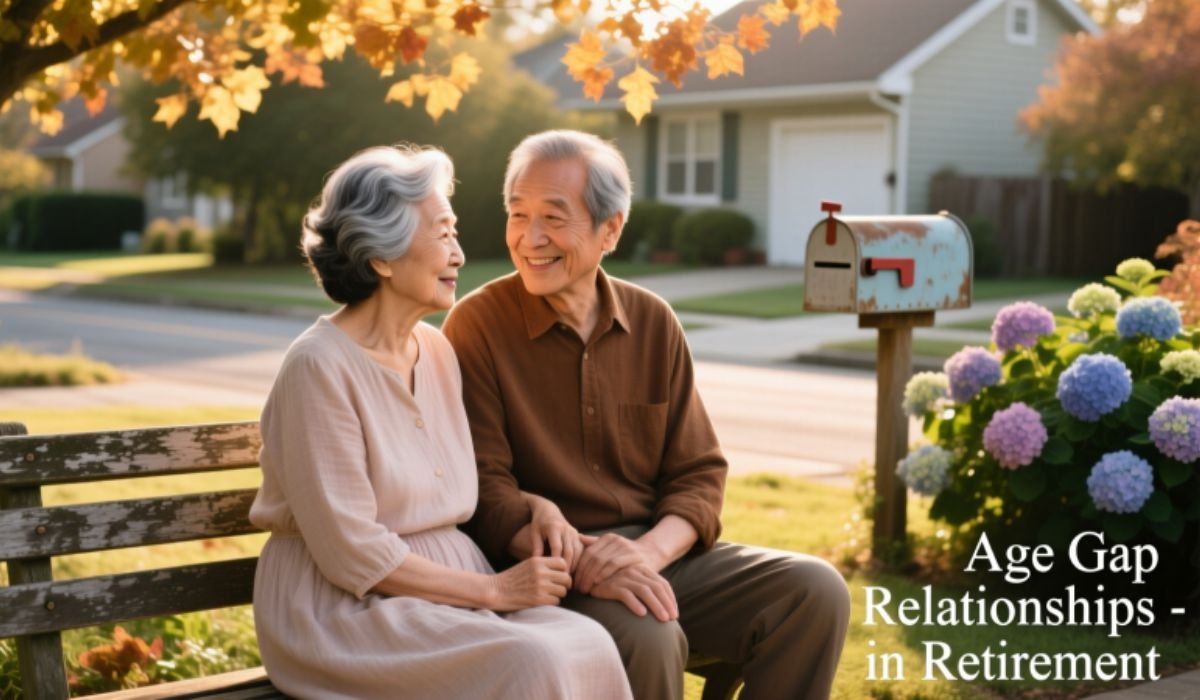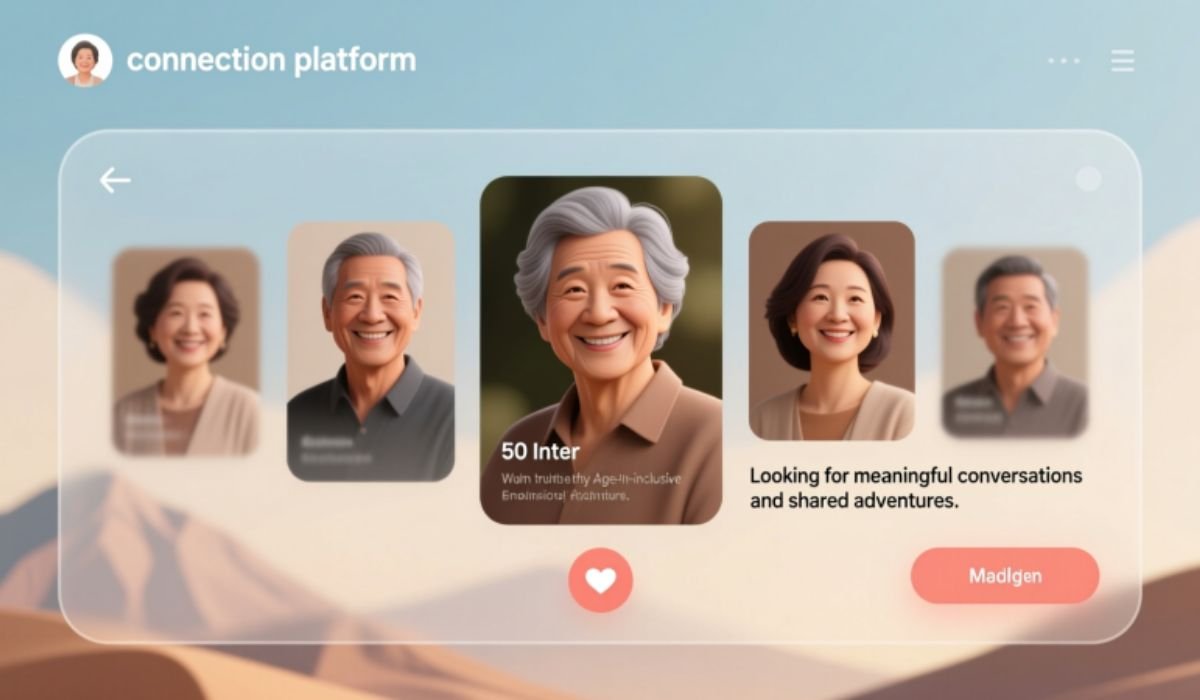Dating in retirement affects a large portion of the older adult population in the United States. In 2023, 36% of adults age 65 and older were single, with 49% of this group being women and 21% being men. The divorce rate among older adults has increased from 5.2% in 1990 to 15.2% by 2022. These statistics indicate that many retirees find themselves seeking romantic companionship during their later years. Success rates vary based on multiple factors including the dating method chosen, financial stability, and shared interests between partners.
Demographics of Single Seniors
The marital status of adults over 65 shows distinct patterns. As of 2022, 57.4% of adults in this age group were married. Nearly 70% of older men remain married compared to 47% of older women. This gender disparity creates different dating pool sizes for men and women in retirement.
The increase in divorce rates among older adults has contributed to more singles in this age bracket. The rate has nearly tripled since 1990, creating a larger pool of people seeking companionship or new relationships after ending long marriages.
Online Dating Adoption Among Retirees

Seventeen percent of Americans age 50 and older have used dating apps or websites. The percentage varies by age group, with 23% of those in their 50s and 14% of those in their 60s having tried online dating platforms. Platform preferences differ between age groups. Half of seniors who use dating sites prefer Match, while younger daters gravitate toward other options, with only 11% using Tinder.
The global dating app industry generated $6.18 billion in revenue in 2024, with more than 350 million users worldwide. In the United States, 30% of adults have tried a dating site or app. One in ten partnered adults met their current partner online, and this rate increases to one in five for partnered adults under 30.
Age Gap Relationships in Retirement

Attitudes toward age gap relationships among seniors have changed. A 2024 Pew Research study found that 63% of seniors view age gap relationships as a valid path to companionship, compared to 41% ten years earlier. Among adults 50 and older, 67% say dating an older guy or woman matter less than shared values in determining relationship success, an increase from 48% in 2015.
Financial equality plays a role in these relationships. Among seniors in age gap relationships, 55% report equal financial contributions between partners. This financial balance helps reduce potential power imbalances that might otherwise affect relationship dynamics.
Dating Platforms for Mature Adults

Senior specific platforms such as SeniorMatch and MillionaireMatch cater to adults over 50 seeking meaningful companionship. These platforms include targeted filters for interests, age preferences, and life goals. Sites focused on serious relationships report higher satisfaction and success rates among senior users compared to generic dating apps.
Mature singles often choose paid or curated dating services to improve match quality and reduce risks. Romance scam losses among older adults reached $1.14 billion in 2023, leading many platforms to implement verification systems and secure communication tools for user protection.
Technology and Companionship
Seniors have adopted various forms of technological companionship. Seventy eight percent of seniors age 55 and older report using AI chatbots for companionship. Among these users, 80% say the technology positively influences their mental health. These tools provide an additional form of social interaction for retirees who may face isolation or mobility limitations.
Factors Contributing to Dating Success
Several elements contribute to successful dating outcomes for retirees. Financial stability allows partners to engage in shared activities and maintain independence. Technological proficiency helps seniors access online dating platforms and communicate with potential partners. Shared interests create common ground for building relationships.
Emotional intelligence and mutual respect form the foundation of successful senior relationships. Partners who prioritize these qualities report higher satisfaction levels. Lifestyle compatibility becomes particularly important as retirees have established routines and preferences, and they may be less willing to change than younger adults.
Relationship Preferences and Independence

Many seniors prioritize independence over traditional relationship structures. Surveys indicate that older singles achieve high satisfaction levels when they maintain robust social circles, pursue compatible interests, and retain autonomy. Increasing numbers of seniors choose to date or seek companionship outside traditional marital structures, preferring separate residences or informal partnerships.
Social connections and financial security often take precedence over remarriage or cohabitation for this age group. This preference for independence while maintaining romantic connections represents a departure from previous generational norms.
Cultural Attitudes and Media Representation
Media representations have contributed to changing perceptions of senior dating. Television shows like Grace and Frankie and films such as The Intern portray romantic relationships among older adults as normal and desirable. These representations help normalize later life partnerships and reduce stigmatization.
Healthcare advances allow retirees to remain physically active and engaged in romantic relationships for longer periods than previous generations. This extended health span creates opportunities for dating and companionship that continue well into retirement years.
Retired professionals find success through various dating methods.. The focus on genuine connection rather than superficial factors contributes to relationship longevity and satisfaction among retired daters.

